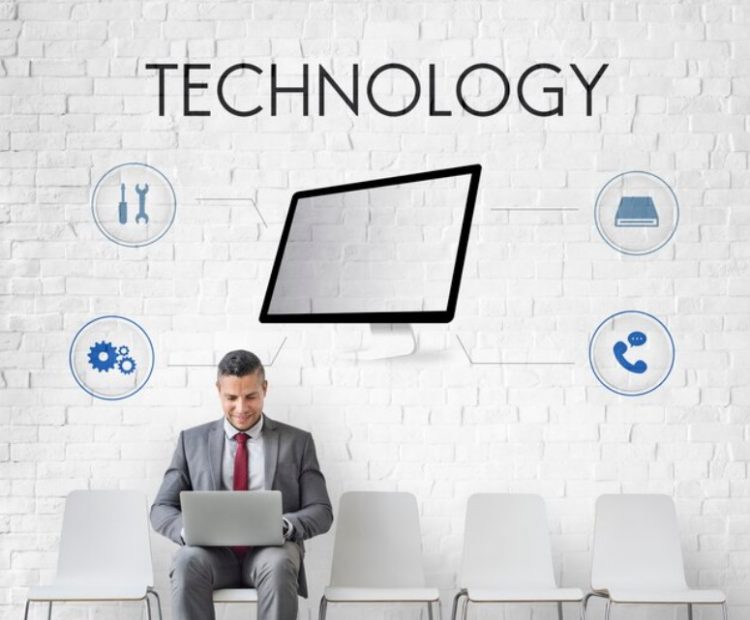In today’s fast-paced digital world, the ability to transform images into editable text is not just a convenience—it’s a game changer. This is where the innovative image-to-text tool comes into play, a cutting-edge technology designed to seamlessly bridge the gap between visual content and textual information. Let’s dive into the world of this remarkable tool and explore how it’s setting new standards in digital data processing.
What is the Image-to-Text Tool?
The image-to-text tool is a sophisticated software that uses advanced optical character recognition (OCR) technology to convert different types of images—whether photographs, scanned documents, or digital captures—into editable and searchable text. This technology is not just about reading text from images; it’s about understanding context, formatting, and even subtle nuances in different languages and scripts.
Key Features and Benefits
- Accuracy and Efficiency: One of the standout features of this tool is its high accuracy rate in text recognition, minimizing the need for manual corrections. This efficiency is a significant time-saver for users across various fields.
- Multilingual Support: Catering to a global audience, the tool supports multiple languages, making it incredibly versatile for international use.
- User-friendly Interface: With an intuitive design, users can easily navigate and use the tool regardless of their technical expertise.
- Integration and Compatibility: The tool can be integrated with other software and is compatible with various file formats, enhancing its applicability in different workflows.
Applications Across Industries
- Education and Research: For students and researchers, converting printed or handwritten materials into digital text simplifies note-taking and data analysis.
- Legal and Administrative: In sectors where documentation is key, such as legal and administrative fields, the tool aids in digitizing records and ensuring they are searchable and easily accessible.
- Healthcare: Medical professionals can benefit from quickly converting patient records, prescriptions, and research notes into digital formats, improving record-keeping and patient care.
- Media and Entertainment: Journalists and content creators can utilize this technology to transcribe interviews or convert printed archives into digital formats for easier manipulation and storage.
Impact on Accessibility
The image-to-text tool is more than a convenience; it’s a vital asset in making information more accessible. For individuals with visual impairments or reading difficulties, the tool can be integrated with text-to-speech systems, providing greater access to written content.
Future Potential
The future of this technology is boundless. As machine learning and artificial intelligence continue to evolve, we can expect the tool to become even more sophisticated, with improved recognition capabilities, even in complex or low-quality images. This advancement will open new doors in fields like historical research, where converting old manuscripts into digital text can be invaluable.
Challenges and Considerations
While the tool is transformative, it’s important to recognize the challenges, especially in terms of privacy and data security. Users must be mindful of the data they process through the tool, ensuring that sensitive information is protected.









